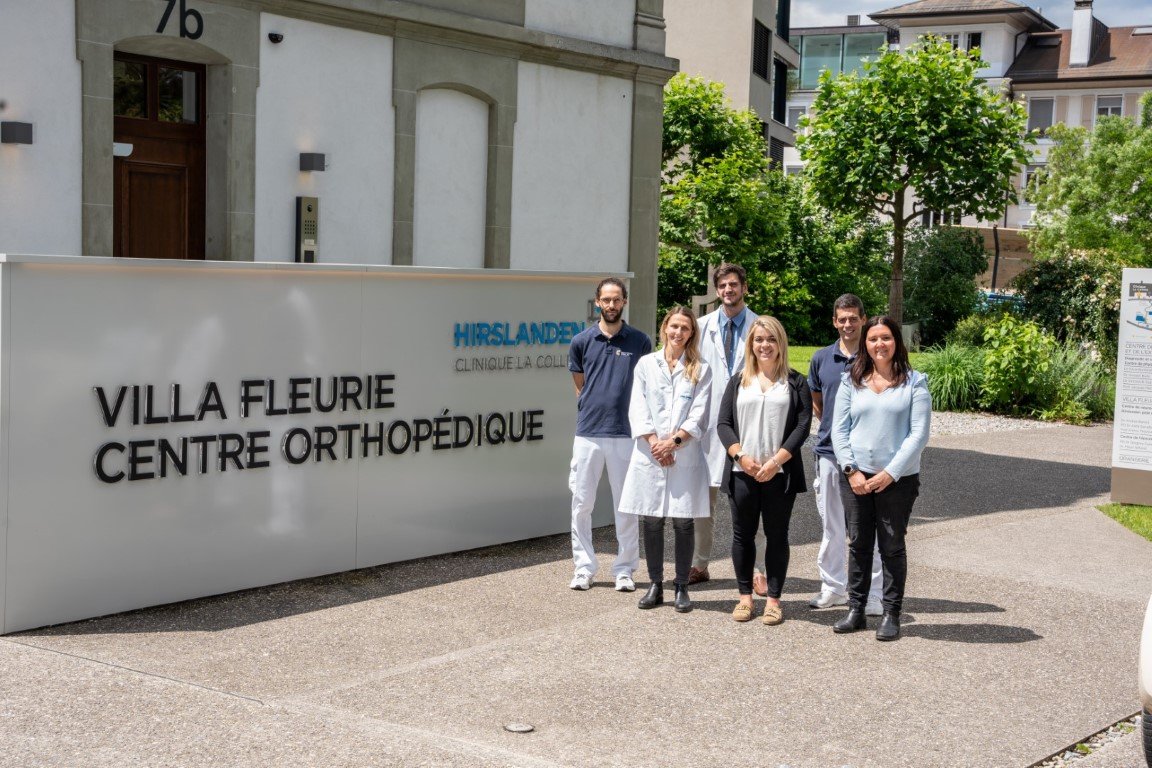Publication: Arthroscopy. 2020 Mar;36(3):708-713. doi: 10.1016/j.arthro.2019.08.048. Epub 2019 Nov 11.
Co-authors: Taha M, Schneider K, Cunningham G, et al.
Abstract:
Purpose: To evaluate the viscoelastic properties of 4 commercially available cord-like sutures and 2 commercially available suture tapes when subjected to physiological loads, as well as to compare them with each other and to identify the clinically most desirable combination of suture material properties.
Methods: Six suture materials (Ethibond, FiberWire, FiberTape, Orthocord, Ultrabraid, and Ultratape) underwent creep testing (n = 7, 60 N, 10 minutes) to determine specimen stiffness, initial elongation at 60 N of load, static creep (during 10 minutes of loading), and relaxed elongation (material recovery 3 minutes after removal of load). Furthermore, cyclic testing (n = 7, 10-45 N, 0.5 Hz, 500 cycles) was carried out to determine dynamic creep, peak-to-peak displacement, and relaxed elongation. Mechanical testing was conducted on a material testing machine in 37°C phosphate-buffered saline solution.
Results: FiberTape showed the greatest stiffness (23.9 ± 3.2 N/mm, P < .001), the smallest amounts of static (0.38 ± 0.10 mm, P < .001) and dynamic (0.16 ± 0.09 mm, P = .003) creep, and the smallest peak-to-peak displacement (0.20 ± 0.02 mm, P < .001). FiberTape and FiberWire showed the smallest initial elongation (1.17 ± 0.17 mm and 1.63 ± 0.25 mm, respectively; P < .001). Ultrabraid showed the greatest relaxed elongation, both statically (4.73 ± 0.73 mm, P < .001) and dynamically (4.18 ± 0.83 mm, P = .002).
Conclusions: FiberTape consistently displayed less creep, greater stiffness, and less extensibility than the other suture types. Ultrabraid showed the largest amount of relaxed elongation on both static and dynamic testing.
Clinical relevance: When considering high stiffness in combination with low initial extension and low static creep to be ideal parameters to achieve optimal initial construct stability and considering low dynamic creep in combination with low peak-to-peak displacement to be ideal conditions for the repetitive loading of the construct during the healing process, tapes seem to be superior to cord-like sutures for performing rotator cuff repair.





